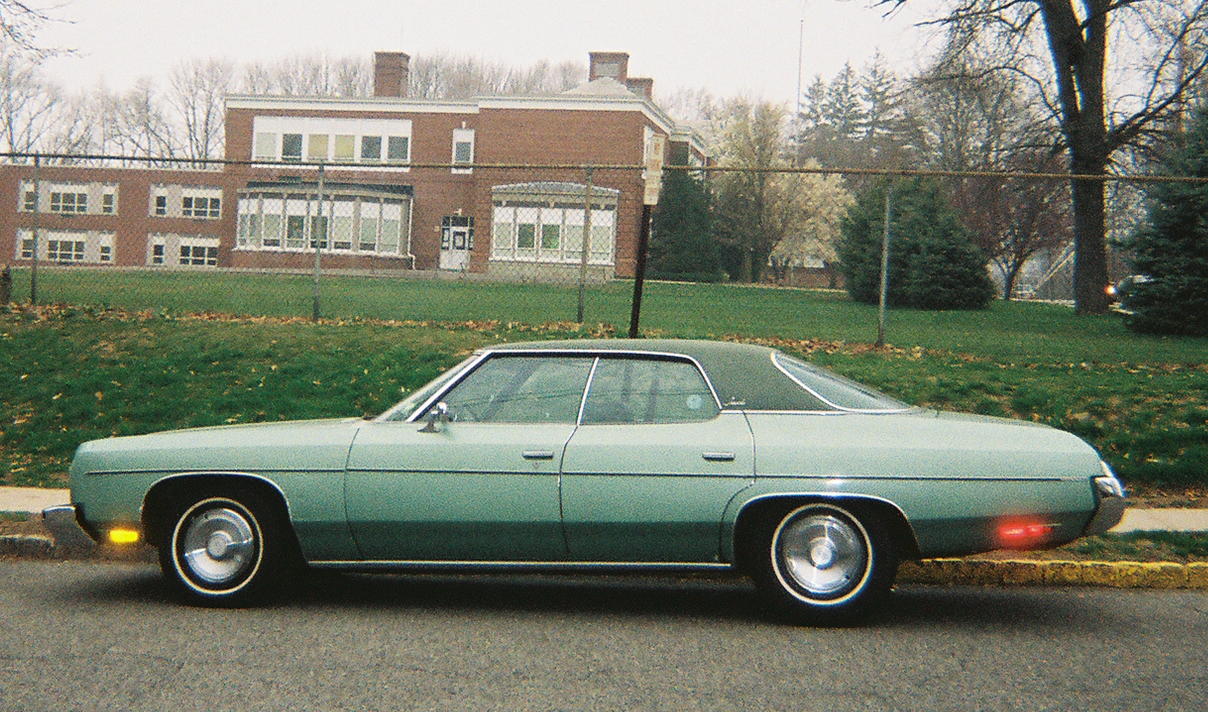First, this is not adversarial at the title might suggest. At least not in Prince William County. It is more of a very basic observation of the differences and the similarities between the two. These observations are based on extensive experience in one discipline and knowledge (and a growing experience) with another discipline.
Economic development is fundamentally about why. As in why should you locate your new facility in the County. As in why you should expand your existing operation in the County as opposed to a neighboring county. Economic development is about customer service, marketing, listening, and justification. A great economic development professional can identify a client's needs AND wants. Most clients do a very good job identifying their needs. Wants are much harder and requires listening. Marketing is getting the client's attention. Customer service is about getting answers to a client's questions in a timely manner. Justification is at the heart of why. For economic developers, we must justify a decision by a business executive to spend money and hire residents in our County.
Now Development Services (DS). DS is the permitting arm of Prince William County. DS is about how. As in how quickly can we permit your facility so you can begin operation. DS is about listening, asking appropriate questions, and customer service. Listening involves the client explaining the project. Asking appropriate questions is about finding out any unique factors in an effort to limit surprises. Customer service is about providing a concise and accurate overview of the permitting process and responding to client questions as quickly as possible. It is our goal to permit you as fast as possible so you can begin generating revenue. In addition, when you decide where to expand your operation, you may not have the same team who told you why you should locate in the County. But you will remember a positive permitting experience.
You see, permitting is different in every jurisdiction. Rules and regulations can differ slightly, but significantly. Make no mistake, these rules and regulations are taken seriously and enforced.
Note the differences. In economic development, it is sometimes said all that glitters is gold. In DS it is about having a far deeper understanding about the project and understanding how we can fit key industry factors into the County permitting process. DS is about delivery.
Note the similarities. The similarities are far more important. Let me point out in other jurisdictions I hear about how economic development does not understand permitting and vice versa. That is not the case in Prince William County.
As far as similarities, I see three key ones. All are important. The first one is both have an emphasis on customer service. The second one is listening to the client is absolutely critical. And the third one is both want the business to succeed in the same way, but with a slight difference in metrics.
The slight difference for economic development is about getting a client to locate in the County. The measurements for economic development are jobs and capital investment. DS is about getting a client's selected location permitted quickly. The measurements for DS are permitting review time and customer satisfaction.
I suspect I will have future posts on this subject.
